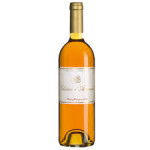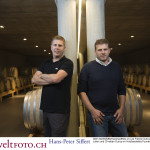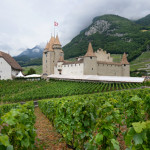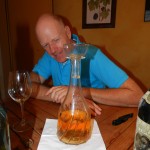Swiss reds suffer surprising fall
BERN, SWITZERLAND – Wine consumption in Switzerland dropped again in 2014, by 2.2 percent, confirming a 10-year trend despite a slight rise, 2 percent in 2013. The amount of Swiss wine consumed fell by 8.1 percent, a worrisome sign for the country’s wineries.
Pressure on Swiss market share, exports
The market share of Swiss wines also fell, by 2.2 percent to just over 37 percent of the total wine market. Less than 2 percent of Swiss wines are exported; the new figures will put pressure on the wine business to woo both consumers at home and abroad.
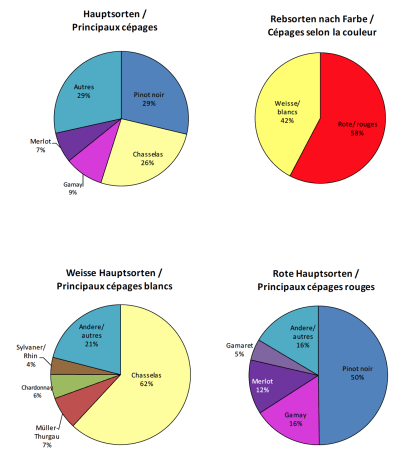
Swiss wines grapes, by colour and type, 2014 (source: FOAG)
Swiss wines grapes, by colour and type, 2014 (source: OFAG)
Hardest hit were Swiss red wines, bad news for producers who have been replanting reds in hopes of offsetting a gradual fall in the traditionally popular whites in western Switzerland, home to the Chasselas grape. Red wine grapes account for 58 percent of the planted area of 14,835 hectares. In canton Valais, the largest of the wine-producing regions, with 5,000 hectares of vines, red varieties are 62 percent.
Swiss red wine consumption was down 8.8 percent; Swiss white wine consumption fell by 7.6 percent.
Each of the three main grape varieties lost ground. In order of their importance: Pinot Noir production was down 1 percent, Chasselas 2 percent and Gamay 3 percent.
Swiss drinking bubbly wines

Bartholie Brut
Photo: Ellen Wallace
Sparkling wine consumption rose a significant 5.2 percent, with 18 million litres consumed. Stocks also rose, however, so while the long-term picture might be rosier for wineries that make them and distributors, in the short-term these wines are not moving quickly enough.
The harvest size was a factor
The latest shifts in consumption, based on figures from the Federal Office for Agriculture, come with no clear explanation, says Foag. A fall was nevertheless predictable, given that the 2013 and 2014 harvests were low, with 2013 very low due to poor weather that included major hail storms that badly damaged grapes in parts of Geneva, Vaud and Neuchatel. Last year’s harvest of 93.4 million litres was up by 11.3 percent compared to 2013 – but it was still more than 12 percent below the average for 2009-2012.
The sudden spread of the worrisome Drosophila suzukii insect had an impact on harvests, with some growers harvesting earlier in the hope of avoiding damage. Harvest sizes varied significantly within regions.
Spain and Portugal the flavours of the year
Italy (72 million litres) and France continue to lead for wine imports into Switzerland, but the first saw only a small increase and French wines lost ground. Spanish wines, however, showed an 18.7 percent increase and now represent half the quantity of Italian wines, while Portuguese wines rose by 16 percent. The loser in the import business was South African wines, down more than 28 percent.
Western Europe drinking less wine
The fall in wine consumption is in line with a trend in most western European countries, show figures from the OIV (Organisation Internationale du Vin in Paris), although the decline has not been as dramatic as in France and Italy. The OIV will publish its latest figures next week. World wine consumption has been slowing since 2007, with Asia and North America the main areas of growth.
Ellen Wallace
This article was first published in Geneva Lunch and in Ellen’s Wine World.




